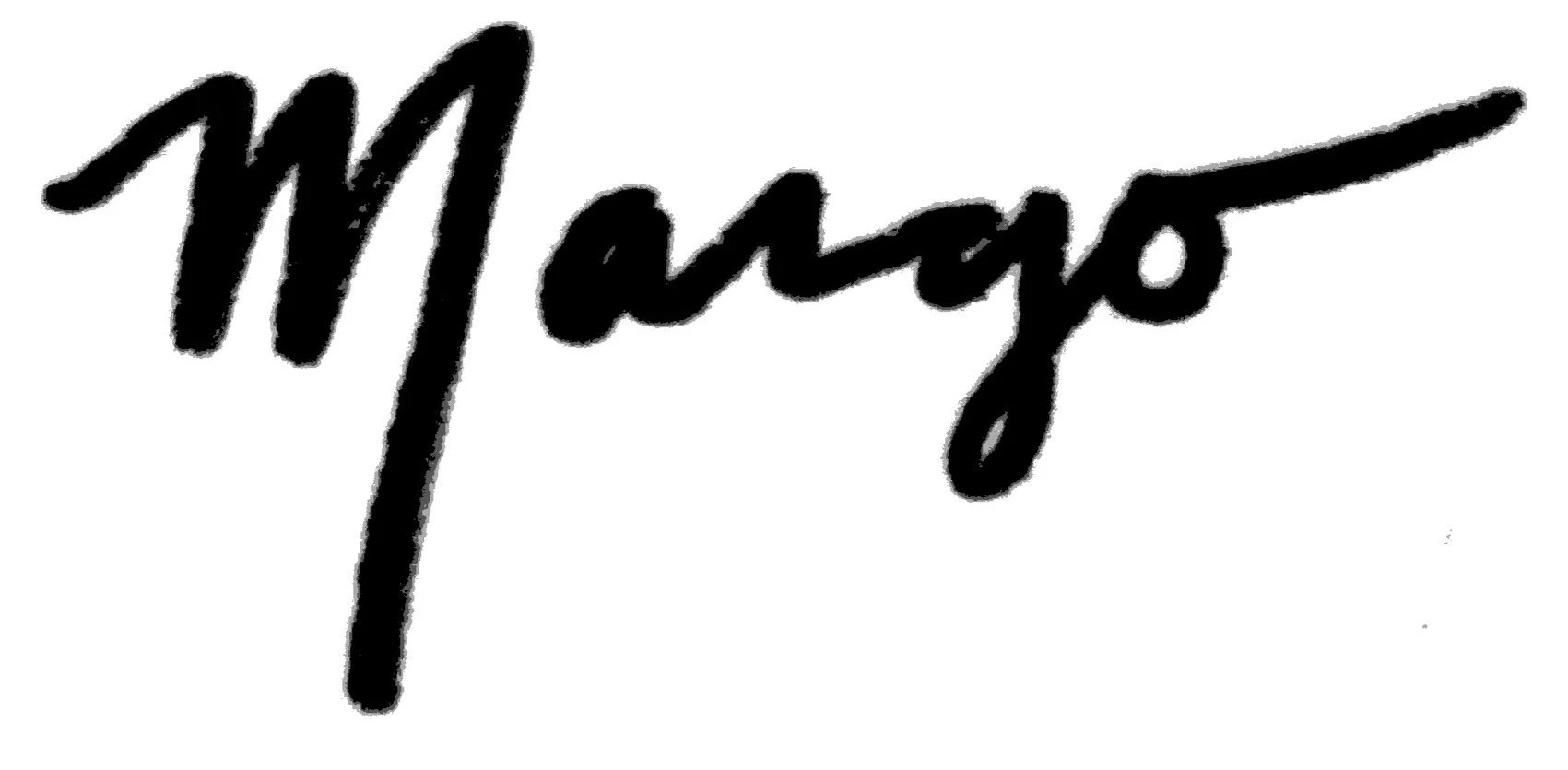How To Choose: Freelancer, Agency or In-house Graphic Designer
Your organization needs graphic design help.
Here’s a great place to start.
Deciding whether to hire a freelancer, an agency, or an in-house employee depends on your specific needs, budget, and long-term goals. Each option has their own pros and cons, so there’s no one-size-fits-all answer to which route is right for you. Making an informed choice will set you up for success, here are some helpful details about hiring freelancers, agencies and in-house employees to guide your decision-making process.
Hiring a Freelancer:
Cost-Effective: Freelancers often charge lower rates than agencies since they can run relatively efficiently and don't have high overhead costs like office space, employees, travel, etc. Since freelancers are contract workers, they pay for all of their own expenses, saving you on extra costs like equipment or employee benefits that you would be responsible for with an in-house graphic designer.
Specialized Skills: You can easily find freelancers with specific niche or expertise for short-term or project-based work. A lot of freelancers specialize in a certain type of design skillset like branding, advertising or illustration, etc. or a certain field or industry like fashion, publishing, nonprofits or business to business (B2B). This is beneficial because they have existing knowledge and experience in working with the type of project you need help with which can save a lot of time, money and frustration.
Flexibility: Freelancers typically offer flexibility in terms of project duration and scope. Their project offerings and packages, payment structure and contract terms may be easier to navigate and less rigid than an agency. Additionally, compared to an agency, many freelancers can often start working on your project sooner. Their availability may be more flexible and their onboarding process more simple making it easier to dive right in.
Less Admin: You won't have to worry about managing a ton of the paperwork, legal requirements and benefits that comes with having an in-house employee. The only paperwork typically required with a freelancer is W-9 and 1099 forms, a contract (typically provided by them) and paying any invoices (on time!).
Low Commitment: If something changes with your budget or needs, you don’t have any further commitment to a freelancer after you’ve completed a project. This also makes it easy to “try on” different freelancers and work with a few different ones to find a freelancer with a design style, process and budget that works for you. It goes without saying, you always need to execute any existing contracts and payments before moving on to the next one.
Hiring a Design or Creative Agency:
One Stop Shop: If you need a full suite of marketing and branding services, agencies usually have teams with diverse skill sets and can often accommodate requests for logo design & branding, copyrighting, marketing strategy, ad buys and more.
Easy Communication: An agency will usually appoint you a project manager or account representative to manage all of the moving parts of your project so you don’t have to. Since this is typically a person’s only job, you can often expect quick response time and specialized care.
Scalability: If the goals and needs of your project change, chances are, an agency can scale their services to meet your new goals with their spectrum of capabilities. Agencies often have on-staff strategists, copywriters, social media specialists, brand designers that can help with a variety of marketing projects. If you decide you want to find a Tik Tok influencer to boost a campaign you’re working on, there’s a good chance a larger agency can help you bring that to life, whereas a freelancer or in-house employee may not have the skillset or bandwidth to help.
Big Ideas: Agencies often draw top talent and are power houses for generating big ideas. If you’re looking to make waves with your marketing campaign or you feel stuck with your current brand, an agency can be a great option for taking things to the next level. Be ready to write a big check, agencies tend to cost exponentially more than freelancers and can even add up to cost more than in-house employees.
Hiring an In-House Graphic Designer:
Part of the Team: In-house employees are fully integrated into your organization making it easier for them to feel a connection to the company's culture and goals. Since in-house employees are a part of a team that all relies on each other for success, this often makes them feel ownership and pride on a project or goal and yields positive results for everyone!
Long-Term Commitment: If treated well, in-house employees are typically more invested in your company's long-term success and will dedicate themselves to doing quality work, help their teammates and take any opportunities to improve their skills in order to add more value to your company.
Immediate Availability: You have direct, fully dedicated access to in-house staff, making it easier to communicate, collaborate and execute.
Dedicated Focus: Since in-house employees aren’t juggling multiple clients, they can focus exclusively on the project or tasks that are assigned to them.
Ultimately, the choice depends on your specific needs and circumstances. Consider factors such as project complexity, budget, timeline, and long-term goals when deciding whether to hire a freelancer, an agency, or in-house staff. Some projects may benefit from a combination of these options as well.
I’m Margo! A graphic designer who works with conservation-minded nonprofits and brands on projects like logos & branding, annual reports, maps, and infographics. I work with my clients to create beautiful and meaningful design that amplifies the marketing efforts it takes to ignite action and change. Visit my portfolio to see some of the projects I’ve collaborated on with nonprofits to protect the environment.



